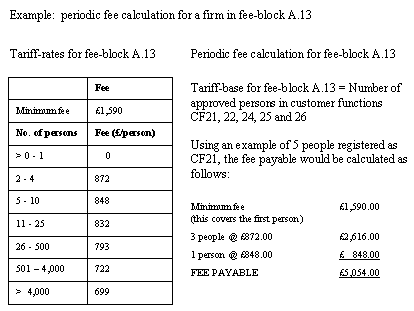Fundamentally, three things decide the fees that organisations have to pay us:
- what kind of activities they undertake (a firm's permission);
- the costs we incur in regulating that class, or classes, of activities; and
- the scale on which they undertake those activities.

